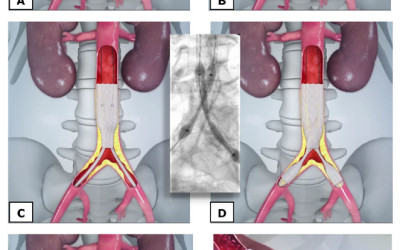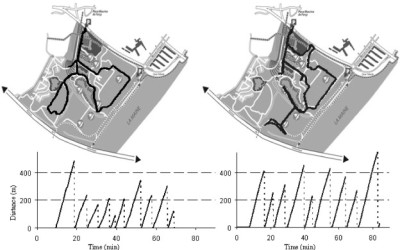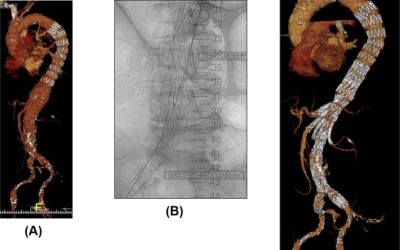The half life of RIVAROXABAN is 5-9h in healthy individuals and 11-13h in the elderly. Ref.drugs.con
In uptodate.com: RIV can be stopped 2-3days before a procedure, with shorter interval if procedure has low risk of bleeding, based on or with no renal failure who is receiving 20mg once daily doses, or moderate renal failure on 15mg od.
RIV can only be checked if really needed usingantifactor 10 levels.
In rare cases, bridging is required, such as pts with very high thromboembolic tendency.
RIV can be reinstituted immediately after procedure once haemostats is achieved, at the same dose, providing there is no big risk of further bleeding.
RIV costs £63 for 20mg 30-tab pack.
Warfarin, in comparison, costs £1.07 for 5mg 28-tab pack




